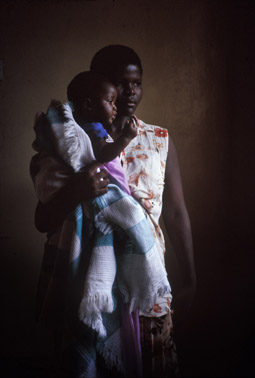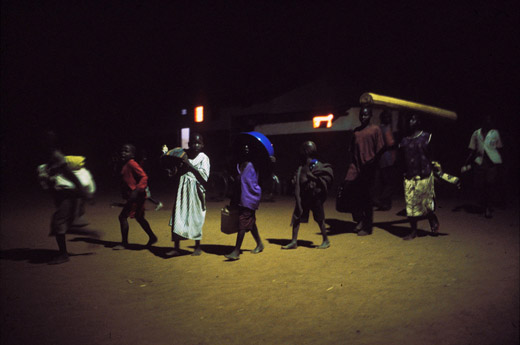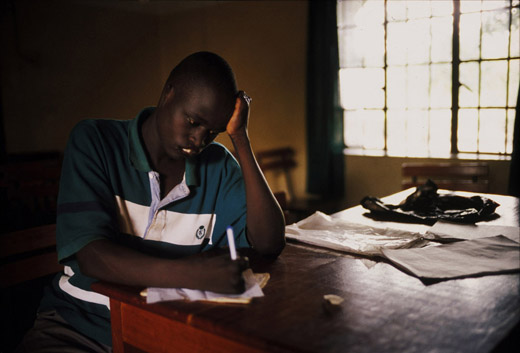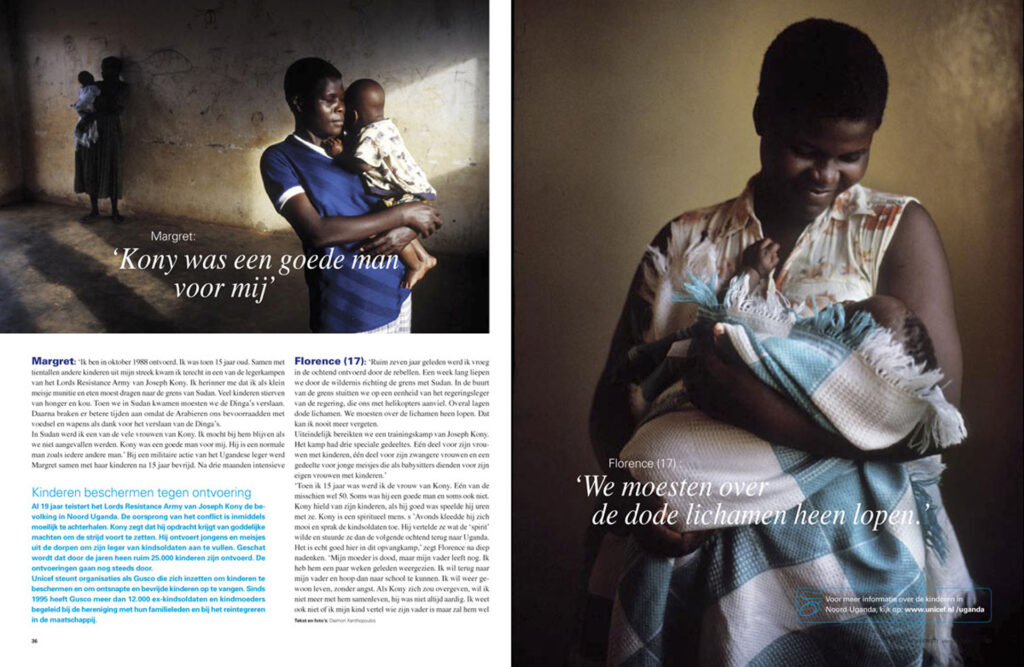“The photo documentary that shows the human rights abuses committed by the Lord’s Resistance Army in northern Uganda and the lasting impact of this conflict on the region’s population”.
Uganda has come a long way since the late 1980s, when it was plagued by civil war and economic devastation. Today, the country is relatively peaceful, stable, and prosperous. However, for the people of northern Uganda, the legacy of one of Africa’s most brutal rebellions still looms large. The Lord’s Resistance Army (LRA), led by Joseph Kony, has been fighting the Ugandan government for nearly 18 years. The group began as a resistance movement against the Ugandan government, but over time it has become increasingly radicalized. The LRA is known for its brutality, and has been accused of a wide range of human rights abuses, including murder, rape, and the forced recruitment of child soldiers. The group has also been linked to a number of other atrocities, such as the displacement of over 1.8 million people and the destruction of entire villages.
One of the most horrific aspects of the LRA’s rebellion is the group’s systematic abduction of children. The LRA raids villages at night, stealing away children as young as 6 years old and forcing them to become soldiers, porters, or sex slaves. This has forced many children in northern Uganda to become “night commuters,” children who flee their homes at night to avoid being abducted. They sleep in crowded makeshift shelters in towns and cities, often without adequate protection or access to basic services. This has resulted in a generation of children who have grown up without access to education or healthcare, and who have been deeply traumatized by the violence they have witnessed.
The LRA’s rebellion has also had a devastating impact on women and girls in northern Uganda. Many have been raped, enslaved, and forced to bear children for LRA fighters. Women have also been forced to serve as porters and cooks for the group, and have been used as human shields in combat. The LRA’s use of sexual violence as a weapon of war has had long-term effects on the physical and mental health of women and girls, as well as on the social fabric of affected communities.
Despite the Ugandan government’s efforts to quell the rebellion, the LRA continues to operate in the region, with the group’s fighters often crossing the border into neighboring countries such as South Sudan, the Central African Republic, and the Democratic Republic of Congo. In recent years, there have been efforts to bring an end to the conflict and provide assistance to those affected by the LRA’s rebellion. The Ugandan government has engaged in peace talks with the group, and the international community has provided humanitarian aid to the region. However, much more needs to be done to address the root causes of the rebellion and ensure that the people of northern Uganda can rebuild their lives. In conclusion, while Uganda has made significant progress in recent years, the ongoing conflict in northern Uganda serves as a reminder of the country’s troubled past. The Lord’s Resistance Army’s rebellion has caused immense suffering to the people of the region, and it is crucial that the international community and the Ugandan government take action to bring an end to the conflict and provide assistance to those affected.
• Published by dagblad Trouw, Onze Wereld [one world], De Standaard, Chicago Tribune, VPRO radio, UNESCO, UNICEF
• Exhibitions: Fotofestival Noorderlicht (act of faith), The peace festival with stichting lancelot
• awards and nominations : IPA LUCIES 2nd feature story, award by Humanistic Peace Council, Dick Scherpenzeel award
Publicatie in IS magazine – Internationale Samenwerking

Publicatie Unicef magazine
Publicatie VPRO & dagblad Trouw

In search for Nancy Auma [ Newspaper + Radio VPRO Bureau Buitenland
Nancy’s story is one of survival and resilience. She was brutally attacked by Joseph Kony’s Lord’s Resistance Army, having her lips, nose and ears severed with a machete. Now, 20 years later, I am back in northern Uganda, where a devastating war once ravaged the region. Today, the situation is much improved. With an abundance of NGOs in the area and many internally displaced persons returning to their villages, the region appears relatively peaceful.
Nancy was once a refugee in one of the many camps for internally displaced persons. The last time I met Nancy, in 2004, I photographed her at the Lacor hospital in Gulu. In that picture, Nancy was pregnant with her daughter Aloya, whose name means “victory” and symbolizes her overcoming the attack on her life and face by the LRA rebels.
Now, I am searching for Nancy again, our journey taking us along a narrow path, with tall grass on either side, until we reach the edge of the jungle and cross a small stream. Suddenly, Nancy appears, smiling, with her healthy-looking daughter Aloya on her arm. She is surprised and happy to see us again. We sit outside her hut and catch up, Joice, who is traveling with me, offers Nancy to move in her second home and work in the art center. Nancy is shy, but we can see the hope in her eyes, knowing that this will give her the opportunity to earn her own money and build a better future for her and her daughter.
As we say goodbye and walk back to the stream, Aloya waves and smiles, disappearing into the tall grass. Nancy’s story is a reminder of the resilience and strength of the human spirit in the face of unimaginable adversity.






















